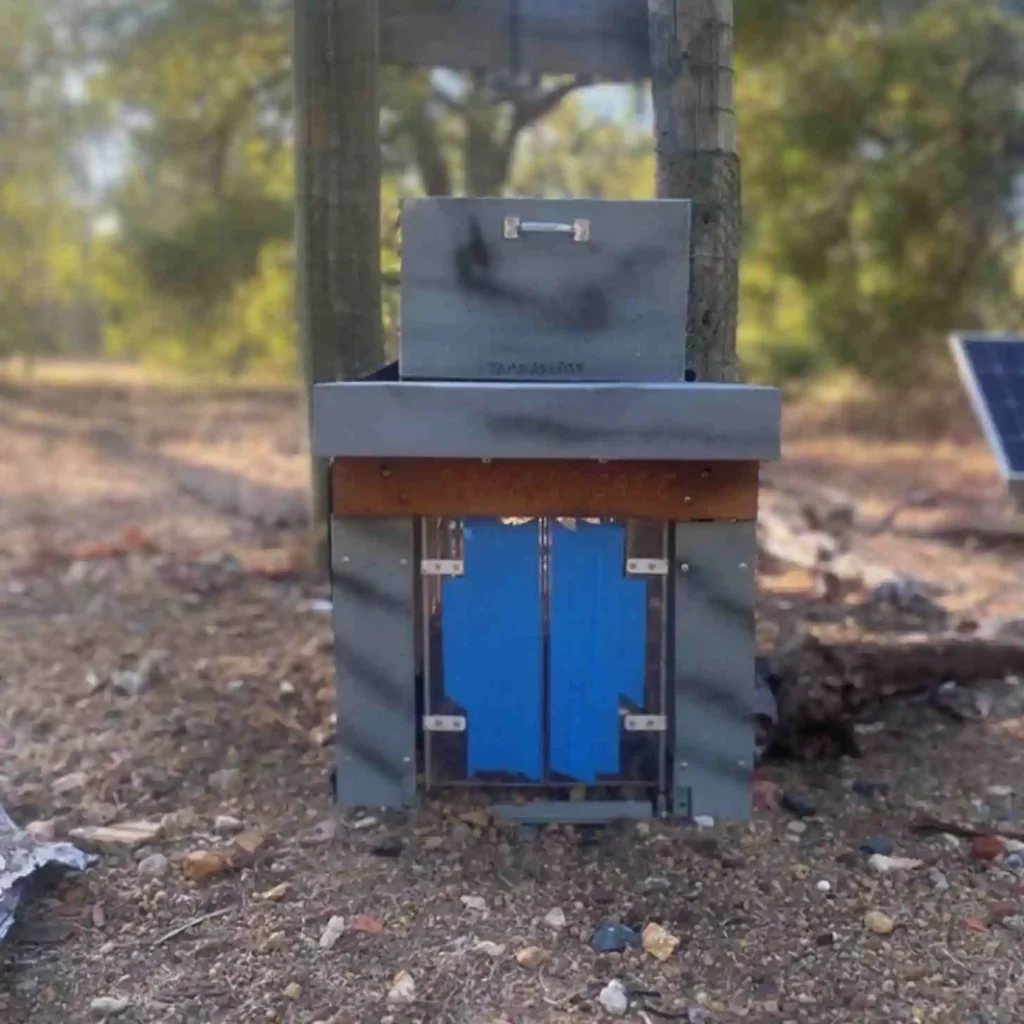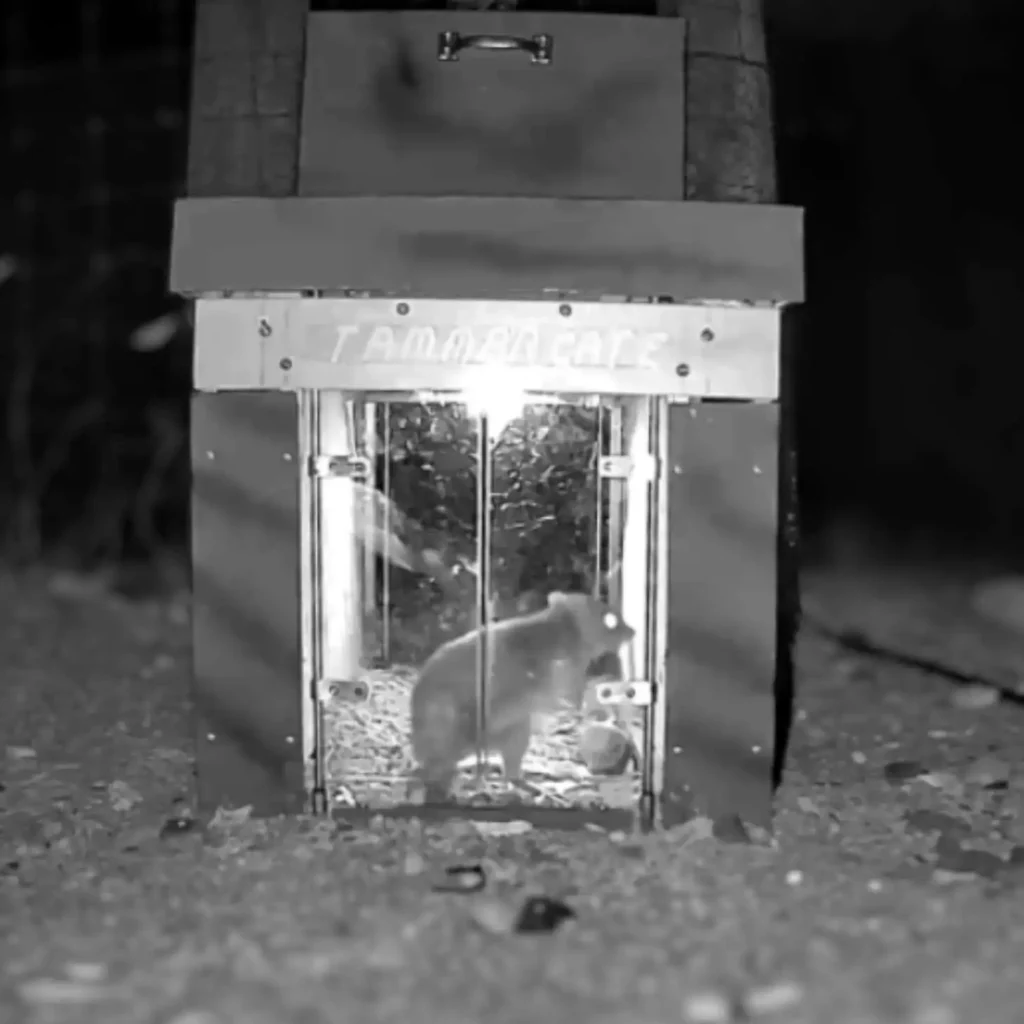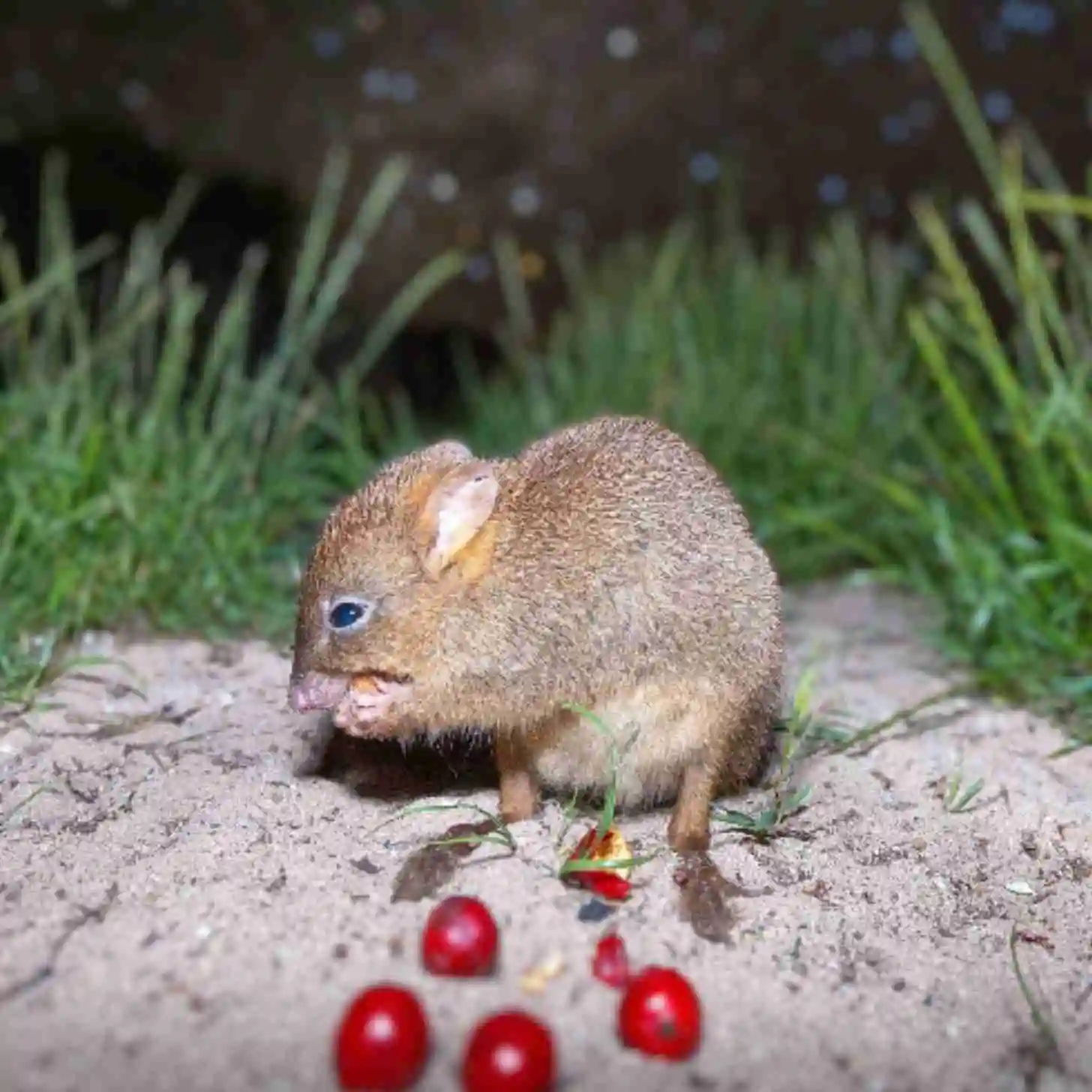The Karakamia Wildlife Sanctuary, nestled in the heart of Australia’s diverse natural landscape, stands as a beacon of hope for some of the country’s most endangered species. Spanning 662 acres of rich wetlands, woodlands, and granite outcrops, this flagship sanctuary of the Australian Wildlife Conservancy (AWC) serves as a haven for biodiversity. Its pristine environment is not only home to countless native species but also provides the perfect backdrop for the AWC’s ambitious conservation efforts, which are enhanced by the use of cutting-edge technology.
Among the most exciting innovations being tested at Karakamia is the Artificial Intelligence (AI) Species Classifier Model, which is revolutionizing the way the AWC monitors and protects wildlife. With an extensive network of 240,000 camera traps scattered across its sanctuaries, the AWC has accumulated a staggering number of species images — tens of millions. The AI Species Classifier Model is designed to sift through these vast image datasets, rapidly processing and classifying animals with unprecedented efficiency. This technology has already proven invaluable, enabling the AWC to analyze images at a scale previously unimaginable.

According to Damien Keer, the AWC’s Chief Information Technology Officer, the AI model is capable of processing an entire dataset of, for example, one million images in just a matter of days. This is a dramatic improvement over the traditional methods, which would have taken months. Since the model’s implementation, it has processed over 54 million camera trap images, analyzing roughly 30 million images in just 12 months. “We’ve processed roughly one image every second, every day for the past year,” Keer noted. This immense efficiency has allowed the AWC to catalog a wide range of species, both native and invasive, critical for ongoing conservation research.
One of the key advantages of the AWC’s network is that it has been designed and built in-house, giving the organization greater flexibility and control. As Yezmin Assad, the AWC’s Networking and Telecommunications Specialist, explains, this enables seamless data uploads from various sources, the ability to tailor alerts to specific needs at each sanctuary, and a reduced reliance on costly third-party tracking services. This in-house approach has allowed the AWC to fine-tune its conservation efforts while keeping costs manageable.
The AI Species Classifier Model has already helped the AWC successfully track 102 species, with a long-term goal of expanding the index to 120 species. This includes critical species like the northern bluetongue lizard in the Kimberley woodlands and the brush-tailed bettong (Woylie) in the Wet Tropics. The Woylie, a small, rat-like marsupial, has been chosen as the first species to be tested with the AWC’s SmartGate technology.

The SmartGate is an innovative double-gated enclosure tunnel that uses the AI Species Classifier Model in real time to ensure that only the targeted species — in this case, the Woylie — can pass through. If an invasive species such as a feral fox, cat, or pig attempts to pass through, the gate remains locked, ensuring the protection of the Woylies. This technology is not just a theoretical model; it has been tested successfully at Karakamia. So far, the SmartGate has allowed 25 safe and successful Woylie transits while ensuring zero instances of non-target transits. This success has provided valuable insights into how the system can be further refined, leading to plans for a Version 2 of the SmartGate with even greater functionality.
While the SmartGate has primarily been tested with the Woylie as the protected species, the potential for its broader application is immense. Conservationists hope to expand the use of the SmartGate to protect other endangered species across the AWC’s vast network of sanctuaries. “The SmartGate will refine the way scientists and land managers work on the front line of the extinction crisis,” said Kerr, AWC’s chief conservation officer. “It has enormous potential for integration within AWC’s network of sanctuaries, and offers an exciting glimpse into the future of conservation.”
The SmartGate represents just one example of how AI and technological innovation are reshaping the way wildlife conservation is approached in the 21st century. By combining the power of AI with real-time monitoring and data analysis, the AWC is poised to protect Australia’s most vulnerable species more effectively than ever before. As conservation challenges continue to mount, the use of such technologies provides a vital tool in the fight to save some of the world’s most at-risk wildlife.
The success of this initiative underscores the importance of collaboration, innovation, and adaptive conservation techniques in tackling the challenges of the modern extinction crisis. With the growing application of AI, smart technologies, and large-scale data analysis, the future of conservation is undoubtedly being shaped by these advancements, offering renewed hope for species that were once thought to be beyond saving. The AWC’s work at Karakamia and across Australia demonstrates that with the right tools, dedication, and foresight, it is possible to reverse the tide of extinction and protect the planet’s rich biodiversity for generations to come.
